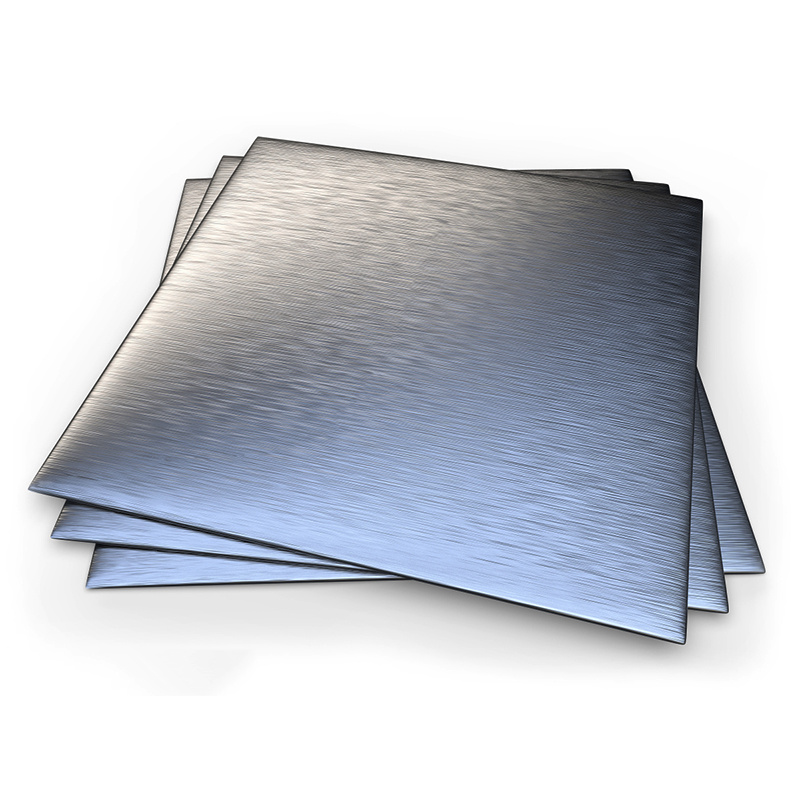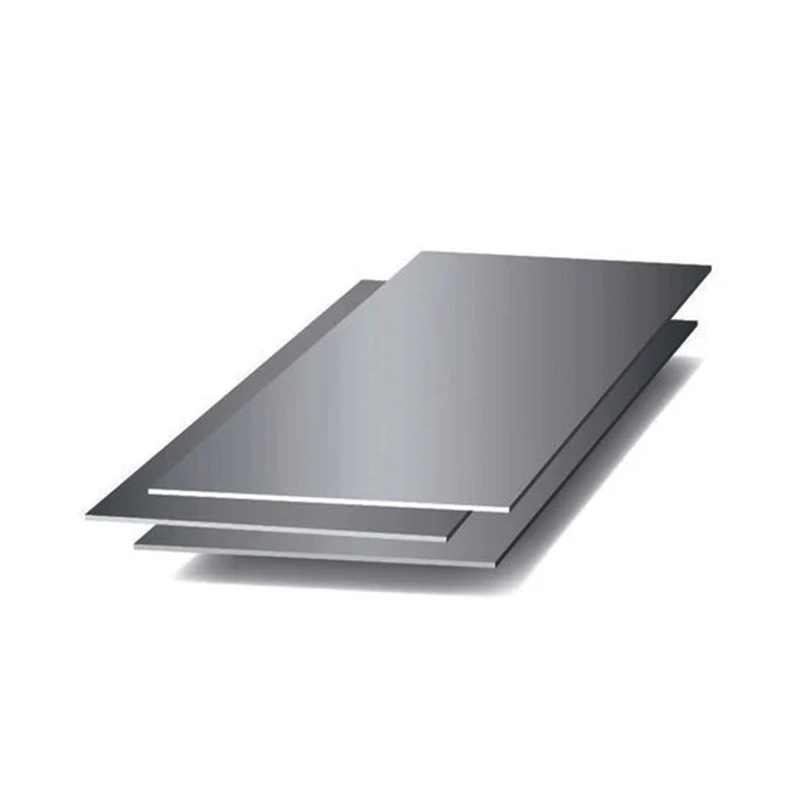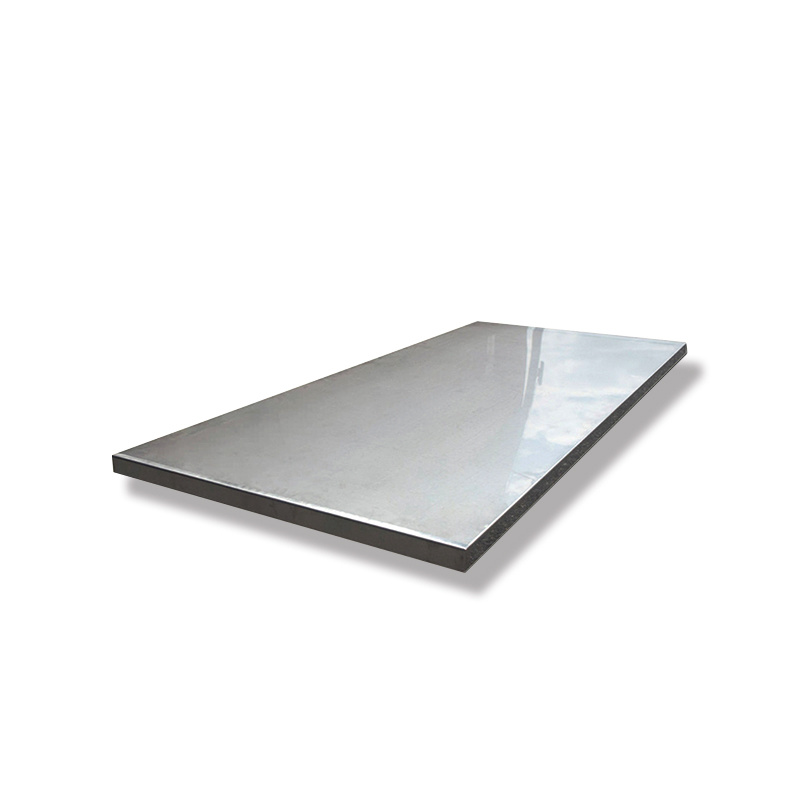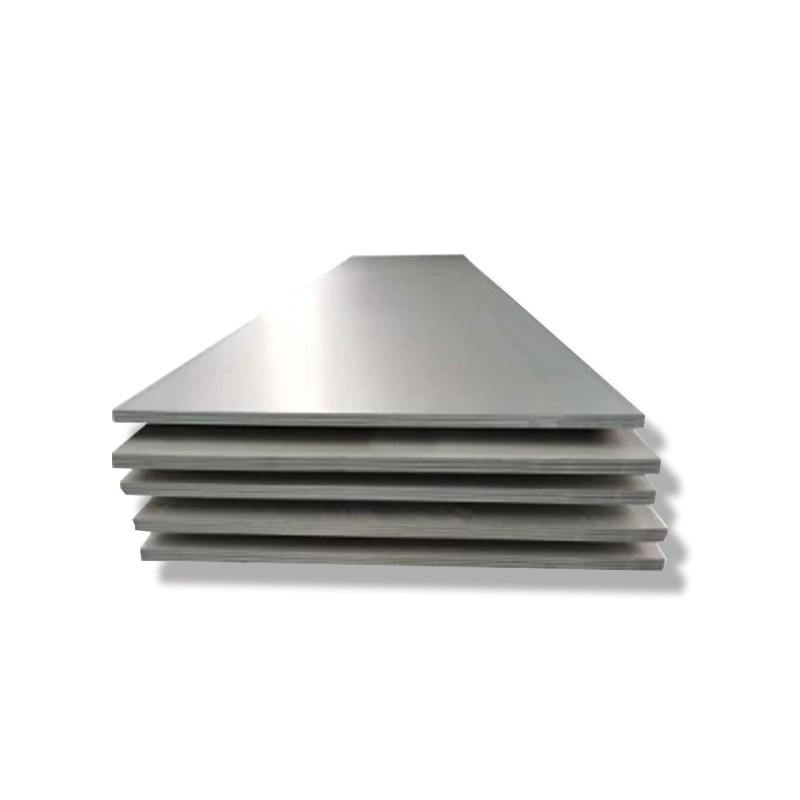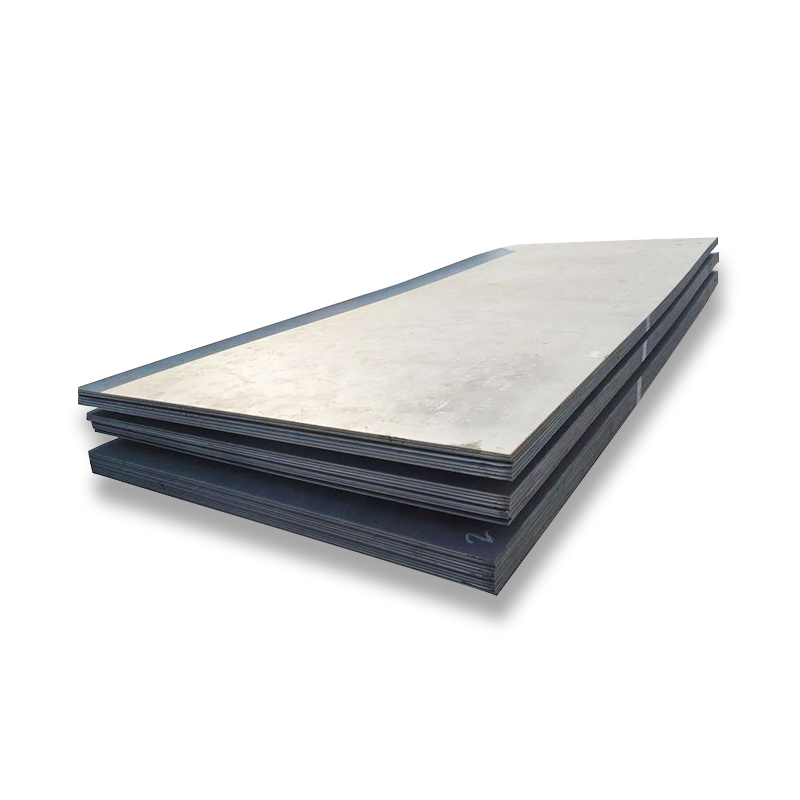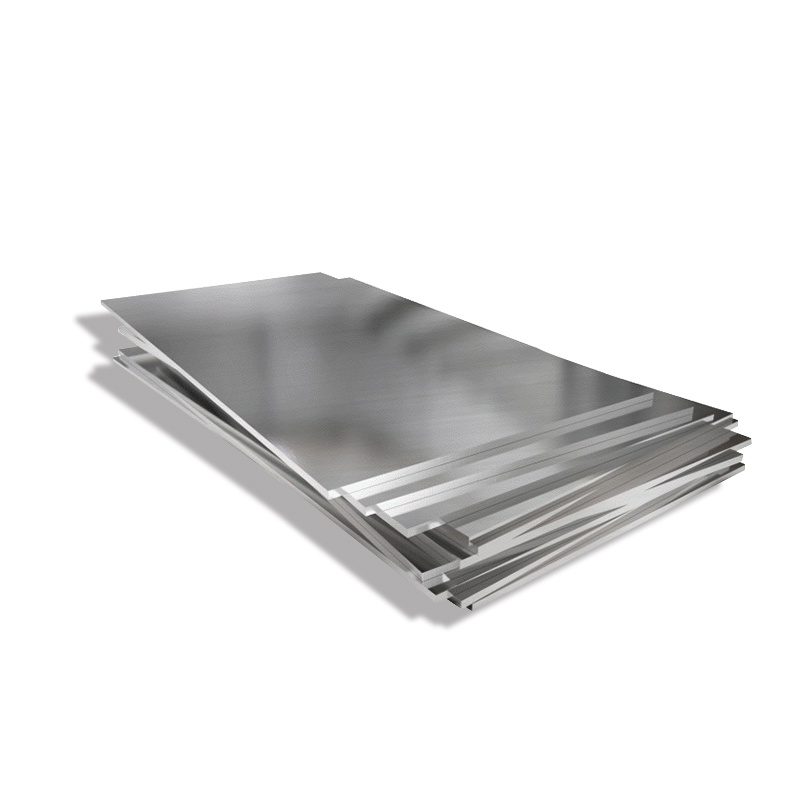PRODUCT CENTER
CONTACT US
If you are interested in cooperation, please contact us immediately, we will give you feedback as soon as possible!
Mobile
321(UNS S32100) is a titanium stabilized austenitic stainless steel with good general corrosion resistance. It has good intergranular corrosion resistance at a chromium carbide precipitation temperature of 800-1500 °F(427-816°C). The alloy is resistant to oxidation at 1500 °F(816°C) and has higher creep and stress rupture properties than the 304 and 304L alloys. It also has good low temperature toughness.
330 is an austenitic nickel-chromium-iron-silicon alloy with excellent oxidation and carburizing properties up to 2200 °F and high strength. The high nickel and chromium content of the alloy provides excellent oxidation resistance and carburization, and the silicon content further improves the oxidation resistance of the alloy. The ultra-high nickel content of 34 to 37% of the alloy 330 also provides high resistance to chloride stress corrosion cracking and embrittlement due to sigma phase precipitation in most furnace atmospheres. The alloy 330 also has a low coefficient of expansion, excellent ductility and high strength.
347 is a stable austenitic chromium steel, containing niobium, which can eliminate carbide precipitation, thereby eliminating corrosion during the year. 347 is stabilized by the addition of chromium and tantalum, and provides higher creep and stress rupture properties than alloys 304 and 304L, which can also be used for sensitization and exposure to corrosion problems during the year. The addition of niobium also makes the 347 alloy have excellent corrosion resistance, even better than the 321 alloy.
403 stainless steel has excellent mechanical properties, including high hardness, high strength and high wear resistance. It is commonly used in the manufacture of high hardness tools, cutting tools, bearings and valves and other industrial parts, especially in applications requiring corrosion resistance and wear resistance. In addition, 403 stainless steel can also be used in food processing equipment, chemical equipment, medical equipment and other fields to meet the requirements of corrosion resistance and mechanical properties.
The mechanical properties of 405 stainless steels are important in determining their suitability for various applications. This steel has excellent workability and is easy to cut and shape into different shapes. In addition, the material exhibits a good level of strength and hardness, making it wear-resistant and tear-resistant. A remarkable characteristic of 405 stainless steel is its ductility, which refers to its ability to deform under pressure without breaking. This property makes the metal suitable for forming processes such as bending and rolling without cracking or breaking.
409 is a general purpose chromium, titanium stabilized ferritic stainless steel, its main application is automotive exhaust systems. It contains 11% chromium, which is the lowest amount to form a passive surface film, which makes stainless steel corrosion resistant. It combines good high temperature corrosion resistance, medium strength, good formability and overall cost. Compared with carbon steel, 409 has strong corrosion resistance and is used as a substitute for carbon steel in mildly challenging environments. In this environment, its high resistance to corrosion and high temperature oxidation has advantages. It is usually used in applications where appearance is a secondary quality to mechanical properties and corrosion resistance.
GB/T700 GB/T1591 Carbon Steel Plate
The equivalent material of GB/T700 Q275 carbon steel and low alloy steel plate is S275JR steel plate. S275JR steel plate is a general-purpose carbon structural steel. This steel is similar to the steels listed in China GB/T700 and GB/T1591. It is also a carbon structural steel and low alloy structural steel used in engineering steel and structural steel, which is usually not heat treated. GB/T1591 steel plate is a Chinese standardized low alloy medium tensile strength steel plate produced by hot rolling process. GB/T1591 steel plate has a variety of manufacturing purposes.
410 is a basic general-purpose martensitic stainless steel, used for high-stress parts, with good corrosion resistance and high strength and hardness. The alloy 410 contains at least 11.5 percent chromium, which is just enough to exhibit corrosion resistance in mild atmospheres, vapors, and many mild chemical environments. It is a general-purpose grade, usually provided in a hardened but still processable condition, for applications that require high strength, medium heat resistance and corrosion resistance. After the 410 is hardened, tempered and polished, it shows the greatest corrosion resistance.


